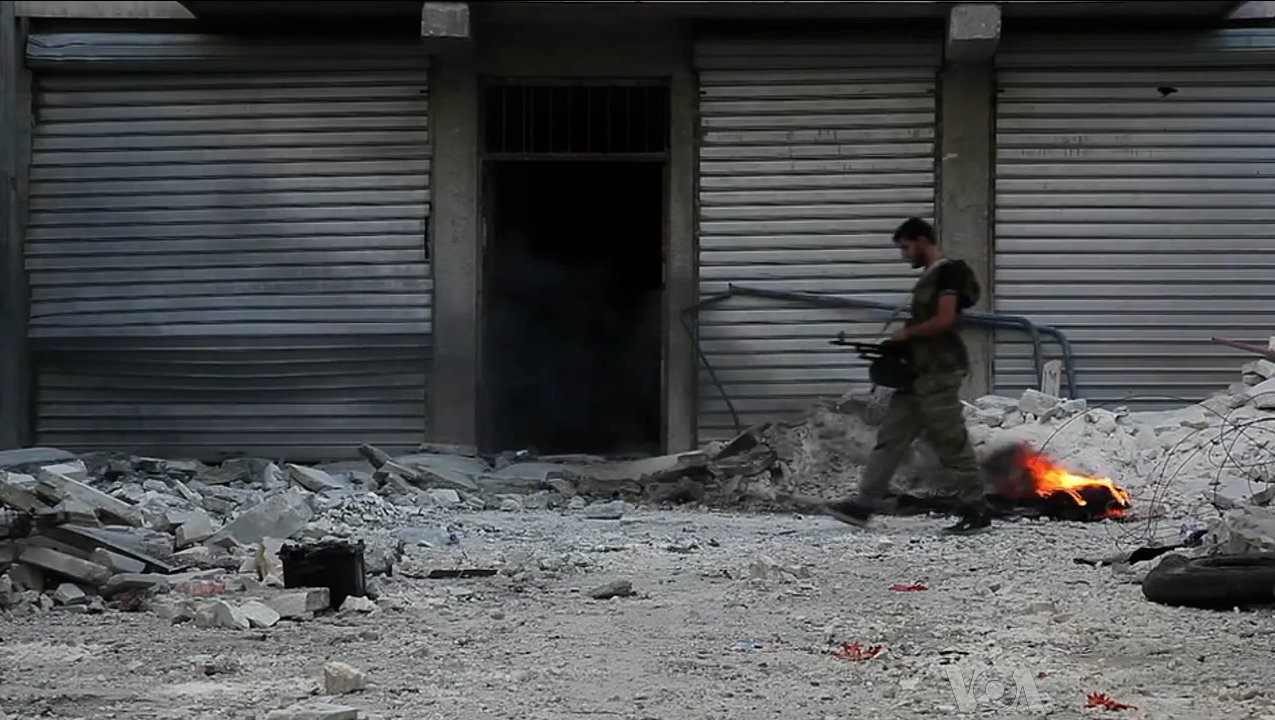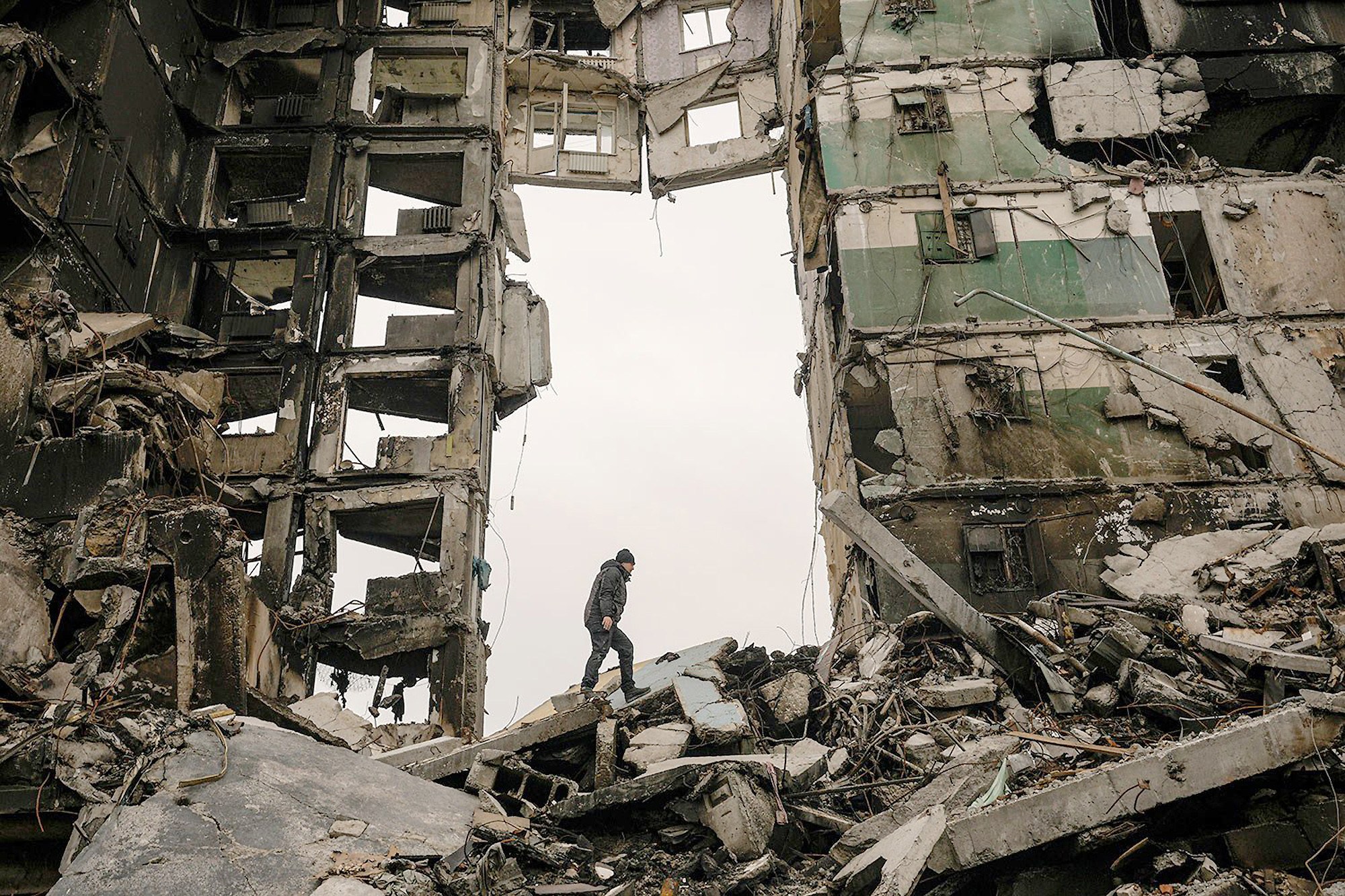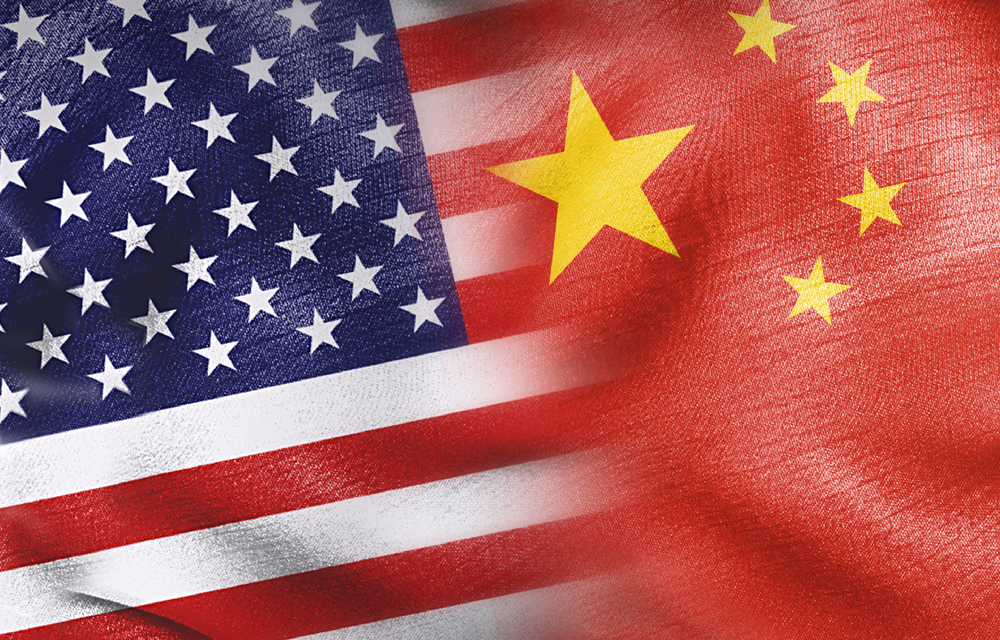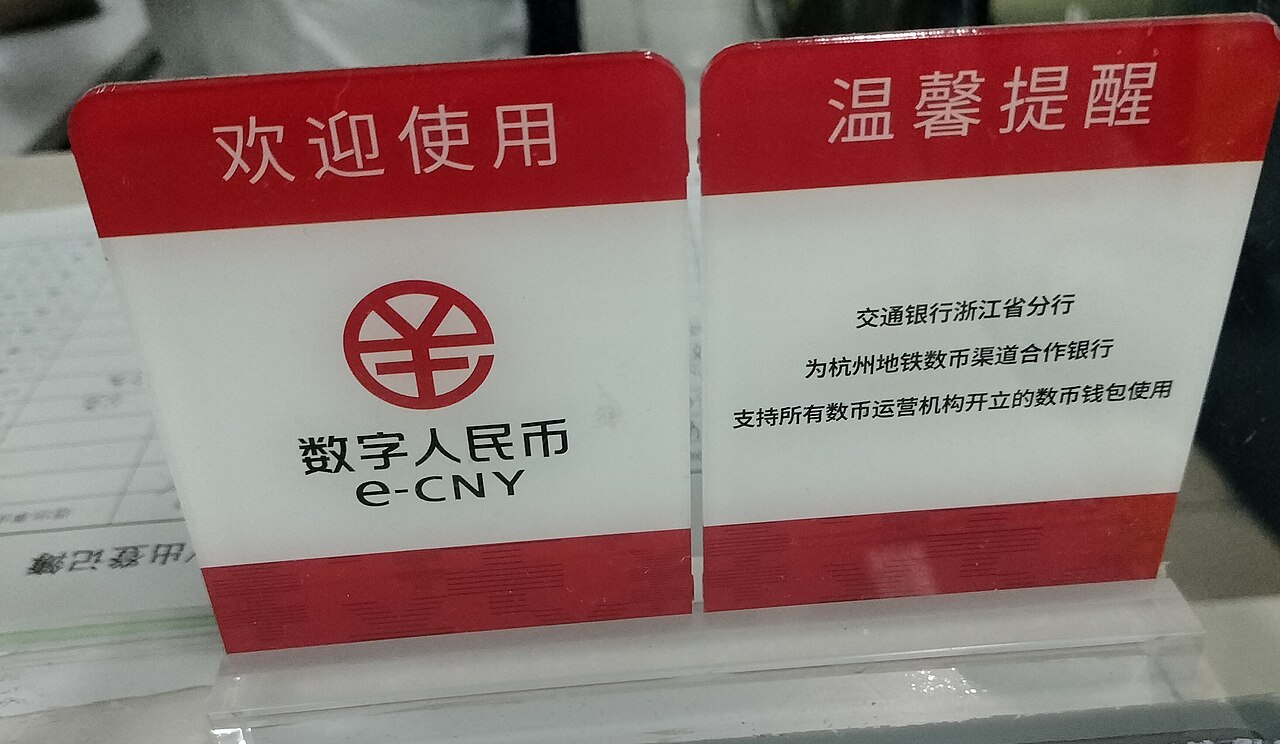Syria’s Communal Diversity and the Challenges of Transition

Published by The Lawfare Institute
in Cooperation With

On Dec. 8, 2024, Syrians woke to a country no longer ruled by the Assad dynasty. Bashar al-Assad, the son of Hafiz al-Assad—who founded the dynasty in 1970 following a coup d’état—fled the country under the cover of night, aided by Russian backers. The long-awaited moment had arrived for Islamists to take charge of Syria—something they had fought for during the entirety of Assad’s Baathist regime. However, the Islamists now in control are no longer represented by the Muslim Brotherhood, as they had been for decades, but by an offshoot led by Ahmad al-Sharaa (formerly known as al-Jolani). Once affiliated with the Islamic State and later with al-Qaeda, al-Sharaa went “rogue” and, in May 2018, renounced global jihadism. He moderated his views and founded Hay’at Tahrir al-Sham (HTS, or the “Organization for the Liberation of the Levant”). Thanks to their superior organization, greater access to resources, and al-Sharaa’s pragmatic leadership, HTS has emerged as the de facto power managing Syria’s transitional process.
The installation of an Islamist government in Syria, even on a provisional basis, has sparked fear and unease among the country’s diverse minority communities. This is not because the old arrangement under the Assads was functioning, but because the fall of the regime has opened a Pandora’s box, forcing the country to confront long-suppressed issues that must now be addressed.
Syria has long been a land of profound communal and religious diversity, with each group shaping the country’s complex political and social fabric. While the majority of Syrians are Arab Sunni Muslims, the nation is also home to significant minority communities, including Alawites, Christians, Kurds, Druze, and various ethnic and sectarian groups.
The Alawites, an offshoot of Shiite Islam, have played a central role in Syria’s political history. The Assad family, which hails from this sect, has ruled the country for over five decades. It is their manipulation of sectarian fears that makes their claim to secularism untenable. Unlike mainstream Shiite Islam, Alawism incorporates elements of Christianity and pre-Islamic beliefs, setting it apart from other Islamic sects. Under the Assad regime, the Alawite community largely became both loyalists and beneficiaries of political power, with Bashar al-Assad’s rise solidifying their dominance in Syrian governance.
Syria’s Christian population, which once represented 30 percent of the country’s total population, had already declined to around 10 percent by 2011 due to emigration. However, the ongoing war has accelerated this trend, and today, the Christian population is estimated to be just 2-3 percent. Historically, many Christians were led to believe that their future in Syria depended entirely on the survival and patronage of the Assad regime.
The Kurdish minority, constituting about 10 percent of the population, has long been marginalized, with their struggle for autonomy remaining a key issue. The significant gains they made since the onset of the conflict in 2011 are now questioned by the dramatic fall of the Assad regime. Historically, Kurds have supported secular nationalist movements and have maintained tense relations with Islamist factions.
The Druze, representing 3-4 percent of the population, have traditionally enjoyed a form of de facto autonomy in the Suwayda province in southern Syria. As another offshoot of Shiite Islam, they follow religious practices that are considered heterodox by mainstream sects.
Equally significant, though often overlooked, is the presence of secular Sunnis—those who do not subscribe to political Islam. Many secular Sunnis have historically aligned with Leftist ideologies and parties, such as the Syrian Communist Party and the Baath Party, which suspended its activities in Syria following the rebel takeover.
Now, these diverse communities face their greatest fear: living under the control of a radical Sunni Muslim group. The path forward depends on their ability to set aside differences, come together, and engage with the Islamists to forge a new, workable political arrangement. The success or failure of this endeavor will determine Syria’s future.
Indeed, the current situation in Syria demonstrates that just as secularism does not inherently equate to progress or moral superiority, neither does Islamism necessarily lead to oppressive backwardness or violence. After 50 years of oppressive rule and 14 years of brutal civil war, all sides share in the blame, even as each feels victimized. Their grievances are deeply rooted in a narrative that often blurs the line between fact and fiction.
A Difficult Path Forward
Since the fall of the Assad regime, Syria has witnessed numerous troubling incidents. Churches have been looted and their windows shattered, though HTS fighters were able to recover most of the stolen items and repair the damage. A Christmas tree in a Christian town was set on fire, but the rebels responsible were apprehended, and the tree was replaced. Still, Christian communities throughout the country remain understandably concerned.
In the early days of the rebel offensive, parts of a significant Alawite shrine were set alight. Although the shrine still stands with minimal damage and has since been placed under rebel protection, a video of the fire circulated recently, triggering protests in the city of Homs in central Syria and in the coastal city of Latakia. Clashes between HTS fighters and pro-Assad militias followed, resulting in casualties on both sides. Despite these tensions, many Alawite leaders have publicly supported coexistence, condemning violence and sectarian rhetoric from all factions.
Order has been largely restored in many towns and neighborhoods, but the whack-a-mole dynamic—sporadic clashes with sleeper cells of diehard loyalists, pro-Iran militias, and terrorists affiliated with the Islamic State—is likely to persist for some time. Stabilization is inherently gradual, especially as loyalist gangs, unable to benefit from a pardon due to their involvement in numerous atrocities, remain active. These desperate groups are now trying to position themselves as protectors of the Alawite community and its religious symbols, stepping into the role that Bashar al-Assad once held. However, while Alawites understandably have concerns about their future, they seem to have learned from 14 years of bitter experience not to trust bloodthirsty criminals. As a result, a full descent into civil war appears unlikely. In fact, many local Alawite communities have welcomed HTS’s efforts in dismantling these gangs. In many regions today, HTS is increasingly associated with law and order.
Not all rebel factions have adhered to such discipline, and some extrajudicial killings have occurred. While many perpetrators were victims of Assad’s war crimes, these actions cannot be justified. Still, this context is vital in understanding the complexities of the situation. A decision has already been made to dissolve all rebel factions—including those in the HTS-led alliance that liberated most of the country, as well as the factions in the south—and merge them into a new national army. However, this process will take time to materialize. In the future, even Kurdish militias and rebels collaborating with U.S. forces at the al-Tanf base are expected to join the new national army.
In the meantime, maintaining law and order in certain regions, especially in rural areas and small towns, will remain difficult, and the situation dangerous, particularly at night when power is often still unavailable. Full restoration of order and services may take months. This is especially concerning given that today, all armed groups carry sectarian leanings, and all communities engage in sectarian rhetoric, often viewing each other with suspicion and distrust.
The Sunni factions are supported by thousands of jihadists from Central Asia, the Caucasus, and even Uyghurs from China. In contrast, the Alawites were once backed by Shiite militias from Iraq, Afghanistan, Pakistan, and Lebanon, all funded and trained by Iran, in coordination with Russian forces, including Chechen fighters. However, these Shiite militias, along with the Russians and Chechens, have since departed. Whether the foreign Sunni jihadists will be asked to leave or remain under the rules set by HTS and its pragmatic leadership remains uncertain. However, the recent appointment of some foreign jihadist leaders to the new national army suggests a strategy of containment, assimilating them—and other rebel factions—into the national structure. This may raise concerns, particularly given that the presence of these jihadists has been a significant source of tension due to their responsibility for many “troubling incidents.” Yet the containment strategy could prove more effective than a confrontational approach, especially when all rebel groups are expected to conform to military discipline, restricting their weapons and movement.
Since the onset of the revolution in 2011, few massacres can be directly attributed to Islamist groups. Most atrocities, including acts of genocide and use of chemical weapons, were carried out by the Assad regime—which claimed to be secular—with Sunni Arabs making up the overwhelming majority of its victims. The Islamic State, however, was responsible for the Yazidi genocide across Iraq and parts of Syria. It is crucial to note that the Islamic State was never part of the revolutionary movement in Syria but acted more as a pariah, seizing the chaos to establish its caliphate, often at the expense of anti-Assad rebels and, on occasion, tacitly coordinating with the Assad regime.
The only secular fighting groups in Syria are the People’s Defense Units (YPG) and the Syrian Democratic Forces (SDF)—Kurdish militias ideologically linked to the Kurdistan Workers’ Party (PKK), a radical Marxist-Leninist organization operating in Turkey, Syria, Iraq, and Iran. While these groups impose fewer social restrictions on women and religious minorities, they have been criticized for restricting freedom of speech, suppressing political rights, imprisoning dissidents, using child soldiers, and engaging in ethnic cleansing against Arabs in areas under their control. Furthermore, they have maintained ties with the Assad regime throughout the revolution. Despite their secular stance, their record is far from flawless. Nonetheless, they played a key role in fighting the Islamic State, receiving American funding, training, and logistical support, and contributed significantly to its defeat. The YPG and SDF also guard the largest prison camp housing Islamic State captives and their families—the notorious al-Hol camp, which still holds around 50,000 detainees. Al-Hol is critical for the repatriation and reintegration of Islamic State affiliates, but the Islamic State is reportedly still able to run operations within the camp, using it to indoctrinate new fighters. The repatriation process is slow, and ongoing vigilance is needed to prevent escapes. However, the YPG and SDF now face renewed threats from Turkey and its Syrian National Army rebels, who had previously driven them out of Afrin in northwestern Syria.
So, where do the different communities in Syria stand at this stage?
Alawites feel betrayed by the Assad regime, which for decades manipulated and deceived them. They have lost more young men per capita than the Sunni population and are loath to lose more. However, the notion that power can no longer be wielded in their name is a new reality they must adapt to.
The Arab Sunni majority, long treated with suspicion and excluded from key decision-making positions, has been the main victim of the atrocities committed in the name of preventing mass slaughter and genocide. With dozens of massacres targeting their women and children, dozens of towns, villages and mosques destroyed throughout the country, and over 150,000 political detainees liquidated in various detention centers, a unified Syrian Sunni Arab identity based on a shared sense of victimhood is only just emerging. The horrors of war have helped forge this identity, one that Islamists had long advocated; but before the conflict, Sunni Arabs identified primarily by regional affiliation, each with its own distinct characteristics. This regional identity remains relevant, but now there is also a growing Sunni identity layer.
Christians, caught between two irreconcilable camps, have reason to fear and distrust both. Despite their significant leadership roles in modernizing Syria and shaping the Arab nationalist movement, their numbers have dwindled from 30 percent to just 3 percent since independence. This decline was not due to massacres or systemic discrimination—Christians received favorable treatment under the Assad regime—but largely due to emigration. Many young Christians feel unappreciated and unwelcome in Syria.
The Kurdish nationalist cause remains primarily secular. For decades, under Baathist Arabist rule, Kurds were denied autonomy, self-determination, and even basic cultural rights, such as the ability to speak their language. Over 300,000 of them were denied citizenship. The autonomy they have gained during the revolution, begrudgingly recognized by the defunct regime under Russian auspices, seems on the verge of collapse under Turkish threats, now that Russia is gone and the U.S. is poised to pull out at any given moment. The only major military operations still taking place in the country involve clashes between the SDF and Turkiye-backed Syrian National Army rebels. Kurds do indeed have plenty of reasons to feel victimized.
The Druze community in the Suwayda province near the Israeli borders has long enjoyed a form of unofficial autonomy. They are perhaps the only significant ethnic community in Syria, representing 3-5 percent of the population, that has never had to question its place in the country. Though some Druze were involved in the Assad regime’s machinery of oppression, resentment has grown as the conflict has dragged on, culminating in public protests over the past two years. The Druze have been calling for Assad’s departure for the past two years, raising slogans celebrating national unity and sovereignty, but they always stick to their region.
A Focus on Governance
What unites the Christians, Alawites, Kurds, and other social groups at this stage is their shared concern over Syria’s future direction, a concern often amplified by rumors and disinformation, which, paradoxically, lead them to echo the very sectarian sentiments they condemn in others. But none of these groups want to live under an Islamic regime. They wish to be seen not as protected minorities, but as equal citizens.
This stands in direct conflict with how most Islamists view governance and the role of different communities in society, even under the pragmatic leadership of HTS and al-Sharaa. These fundamental differences will inevitably test the limits of HTS’s pragmatism.
Nonetheless, the HTS-led alliance appears to be more focused on governance than on seeking revenge. Its pursuit of both internal and international legitimacy, coupled with the need for foreign investment to support reconstruction, offers other communities and social groups in Syria some leverage to influence the situation. This leverage could help shape an outcome that is more inclusive and widely accepted.
Al-Sharaa’s recent proposal to extend the transitional period to four years before holding national elections, with a constitutional drafting process taking up to three years, is actually promising. Given the state of the country, it’s clear that more time is needed—perhaps a year or more—to restore law and order. Additionally, Syria’s fractured communities will need time to rebuild the trust necessary for meaningful discussions about the country’s future. In the meantime, a national congress will soon be convened to elect a transitional government. According to al-Sharaa, HTS plans to dissolve itself once this government is formed. The composition of this transitional government will provide crucial insight into Syria’s future trajectory.





